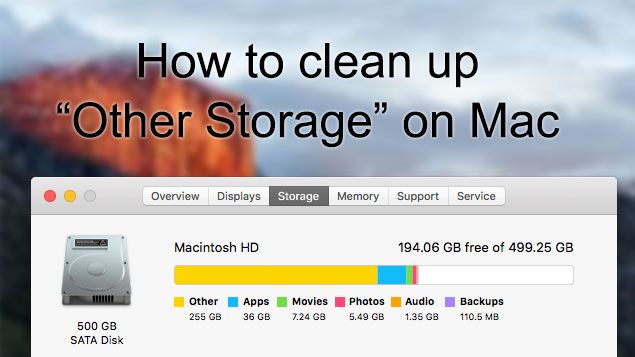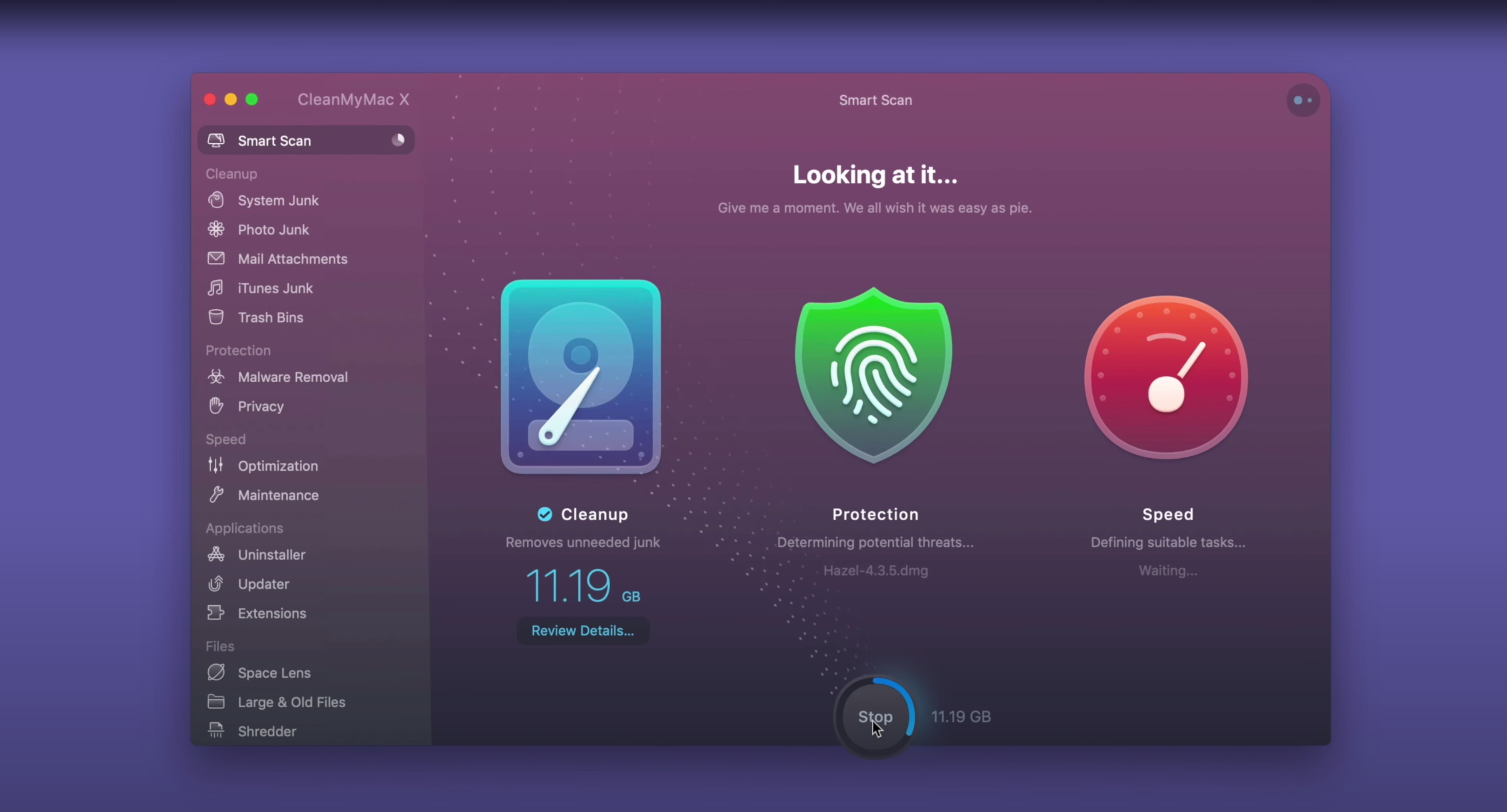


Removing important files could cause serious problems with system operations or result in apps no longer working properly. But before you start freeing up space, it’s important to remember that not all files stored in Other are bloatware or garbage. Compress files that you use infrequently. The Other folder on Mac can fill up fast with cached and temp files and other file types.

Move some of your files to external storage, such as iCloud Drive* or an external drive connected to your Mac.Check the Users folder on Macintosh HD for any shared files that you no longer need to share.If your Mac is set up for multiple users, remove users that you no longer want to have access to your Mac, or ask them to follow the steps in this article after logging in to their user account. Also check the Users folder on Macintosh HD for any undeleted data belonging to previously removed users.To delete mail that you've moved to the Trash, choose Mailbox > Erase Deleted Items. Delete unneeded email in the Mail app. To delete junk mail, open Mail and choose Mailbox > Erase Junk Mail.Your Mac breaks down its storage categories as follows: Apps, Movies, Photos, Audio, Backups, and that annoying, undescriptive category Other. Select the Apple Menu icon in the upper left corner of the screen. Delete unneeded files in the Downloads folder. You can open the Downloads folder from the Dock or by choosing Go > Downloads from the menu bar in the Finder. Click on your desktop or the Finder icon from the Dock.Delete unneeded media, such as music or movies or podcasts, which can use a lot of storage space. This is the most salient step to take since your computer is bound to have important data and files that you don.


 0 kommentar(er)
0 kommentar(er)
